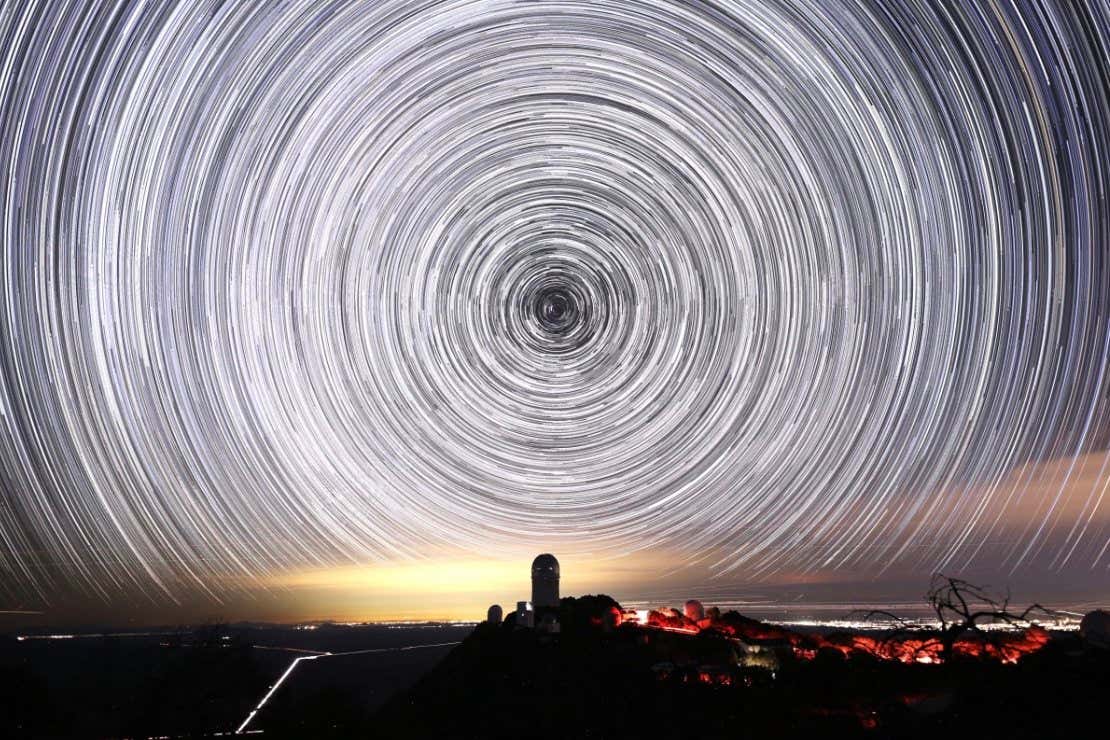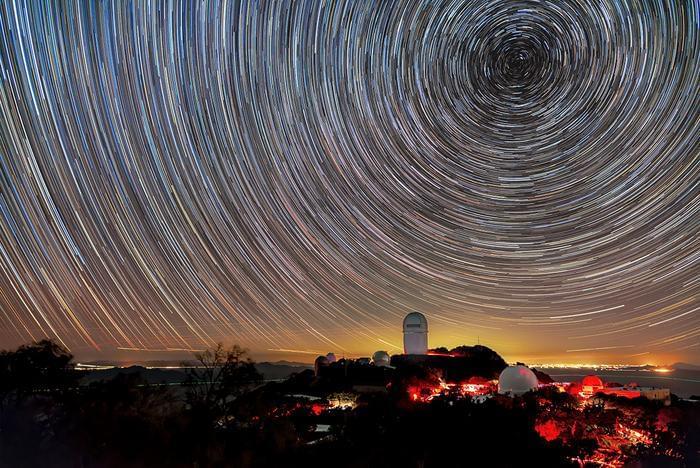A quartet of small, rocky exoplanets likely circle Barnard’s Star, around 6 billion light-years from Earth, putting them in contention as targets of missions for future human generations.








Buy me a pint here:
https://www.subscribestar.com/morgoth-s-review.
https://www.patreon.com/Morgoth.
Buy me a coffee.
https://www.buymeacoffee.com/morgoth.
Bitchute.
https://www.bitchute.com/channel/morgothsreview/
Thanks to Theberton for the intros and outros.
https://www.youtube.com/channel/UC_0KCOY6LkteChDivbb6QBQ

